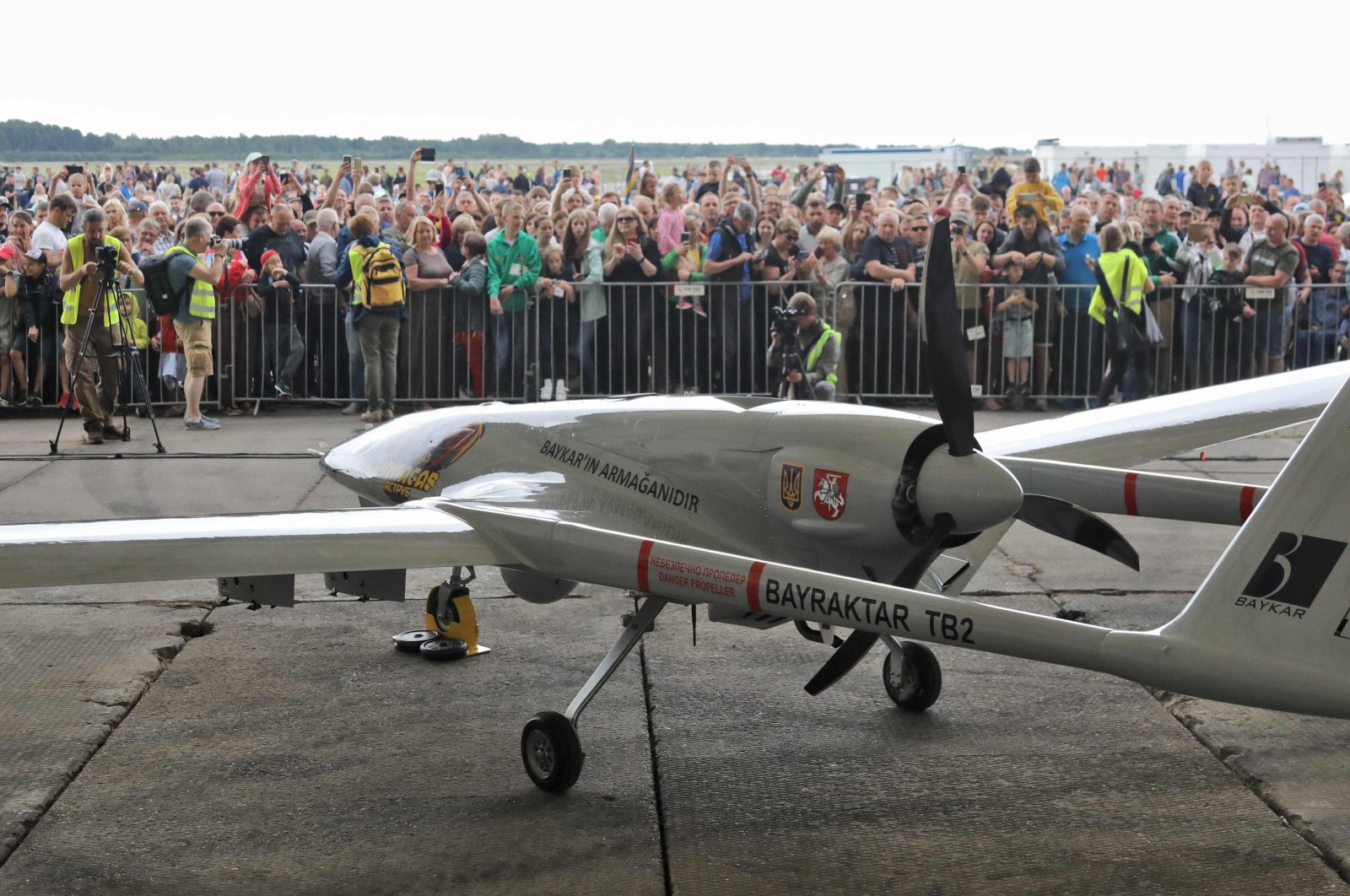Harvard professor Avi Loeb claims he may have found fragments of alien technology in the remains of a meteor that landed in waters off Papua New Guinea in 2014.
The US Space Command, which is responsible for US military operations in space, says it is 99.999% certain that the meteor Loeb recovered came from another solar system, according to CBS News.
Left the live studio
The scientist thinks the meteor’s material composition doesn’t seem to match what you would normally find in a meteor. Moreover, it moved at very high speed, much faster than a normal meteor.
– The fact that the meteor was made of harder materials than any other meteor previously seen and cataloged by NASA, and moved very quickly, suggests that it could potentially be a spacecraft of a another civilization, or a technological device, explains Loeb.
“The Alien Hunter”
Professor Loeb earned a doctorate in plasma physics at the age of 24 and headed the astronomy department at Harvard from 2011 to 2020.
He now leads the university’s Galileo project, which seeks to bring together observatories around the world to search for signs of UFOs and interstellar objects.

‘ALIEN HUNTER’ Avi Loeb has been dubbed ‘The Alien Hunter from Harvard’ and has long tried to prove there is life out there. Photo: Lotem Loeb / Lotem Loeb / AFP / NTB
See more
Avi Loeb has been dubbed the “Harvard alien hunter” after he proposed that the interstellar object Oumuamua, observed in 2017, was an alien spacecraft rather than a cigar-shaped asteroid.
Loeb has been criticized by several of his fellow researchers for his opinions.

CHALAIT AT THE BOTTOM OF THE SEA: Loeb and his team searched for the remnants of the meteor at the bottom of the sea, using special equipment. Photo: Avi Loeb/The Independent
See more
Huge speed
Loeb thinks the meteor’s enormous speed when it hit Earth may indicate it’s no ordinary asteroid.
– We calculated the speed outside the solar system, which was 60 kilometers per second, faster than 95% of all stars near the sun.
The speed of light is about 300,000 kilometers per second.
Single composition
Loeb and his team used a magnetic trawler to fish the remnants of the meteor from the ocean floor. He says the material the meteor was made of surprised him.
– We found ten almost perfect spheres, or metallic spheres. When you look at them through a microscope, they look very distinct against the background. They have colors like gold, blue, brown, and some of them look like a miniature version of Earth, Loeb explained to The Independent.
The Harvard professor thinks the small objects, around half a millimeter in size, are most likely made of an alloy of steel and titanium that is much stronger than the iron found in ordinary meteors.

VERY STRONG: The composition of the meteor is much stronger than previously seen from other meteors. Photo: Avi Loeb/CBS NEWS
See more
– The objects were stronger than the other 272 space rocks recorded in NASA’s catalog. It was a discrepancy in terms of material strength, Loeb said.
Further testing is needed to confirm the composition of the meteor, but Loeab tells The Independent he hopes the discovery could be a major step in confirming extraterrestrial life.

“Devoted reader. Thinker. Proud food specialist. Evil internet scholar. Bacon practitioner.”







